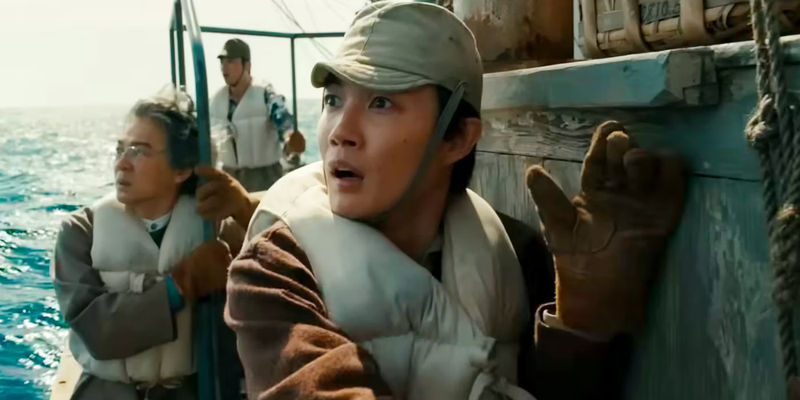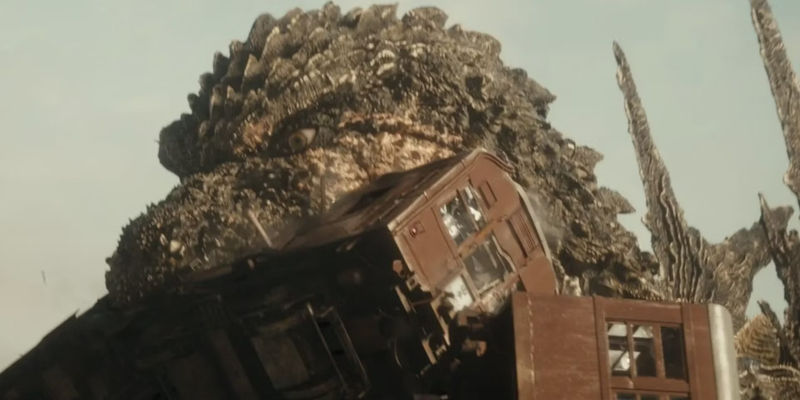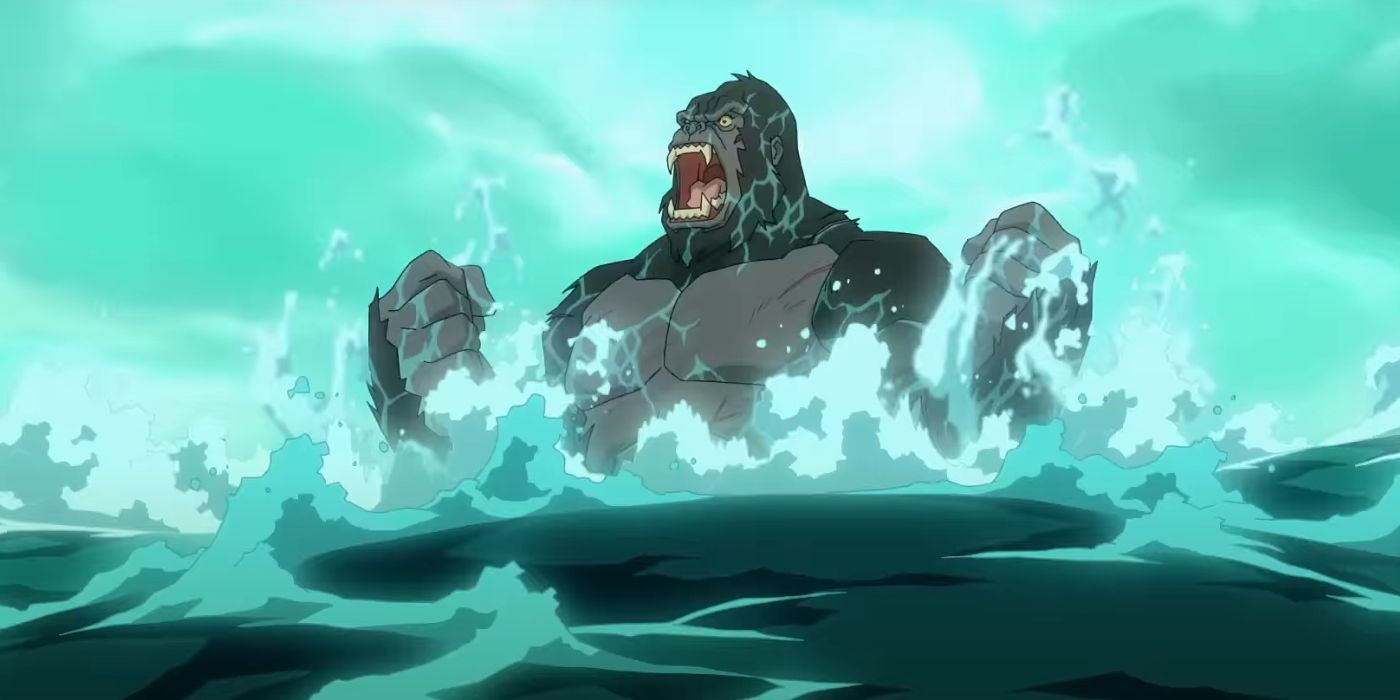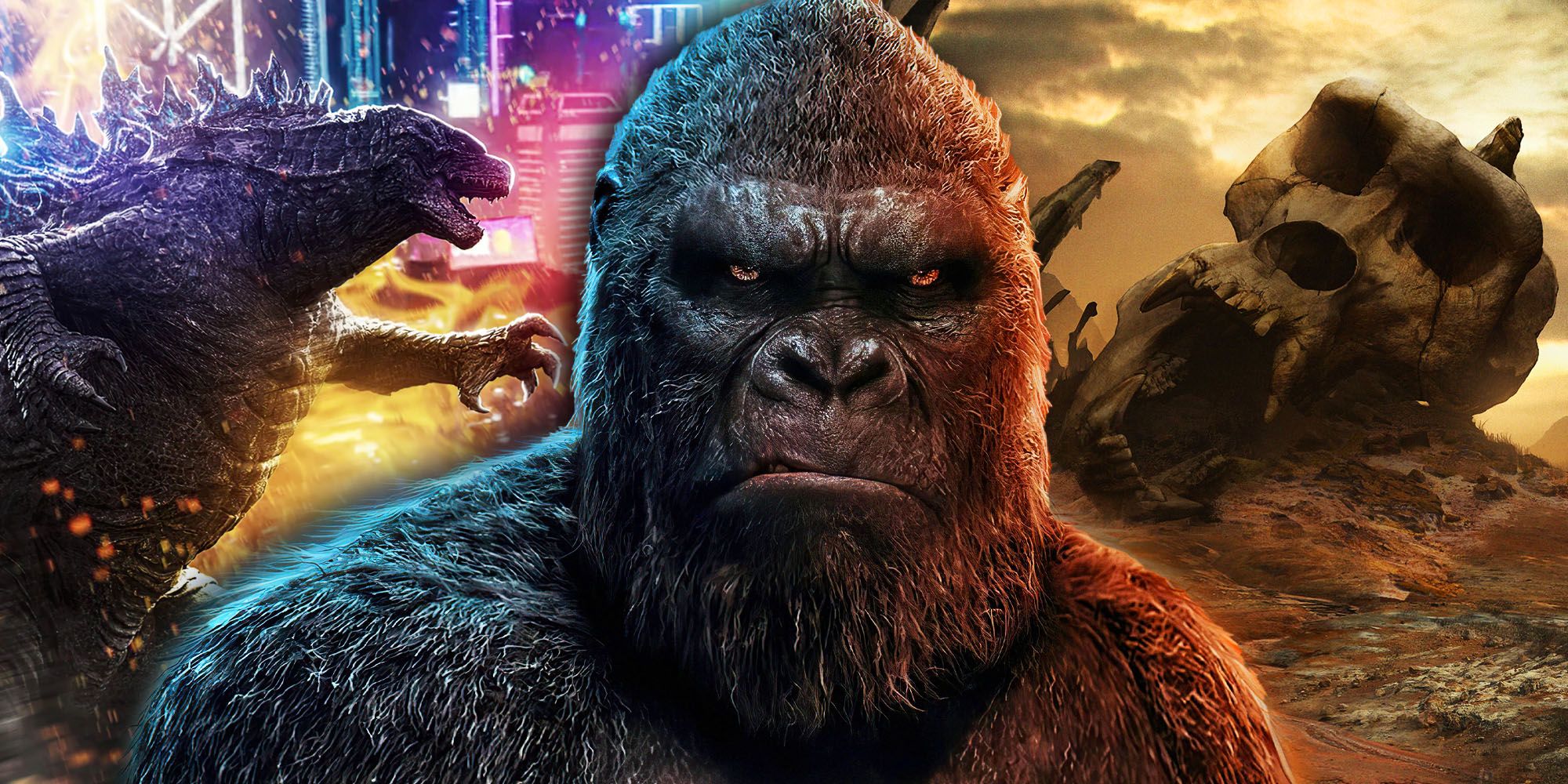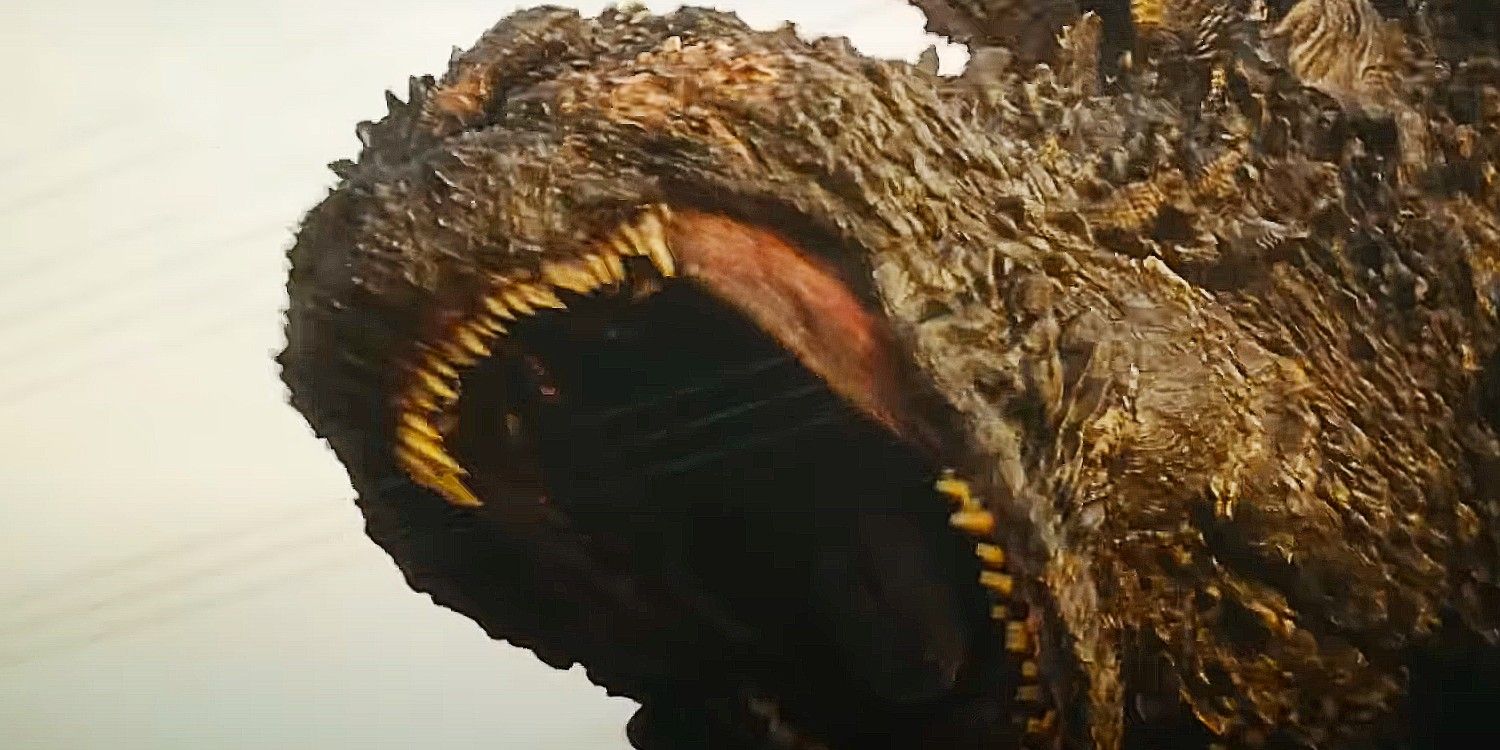
How Godzilla Minus One Can Teach the Monsterverse a Lesson

Toho's Godzilla Minus One has taken the world by storm, offering a fresh take on the iconic monster that has left critics and audiences in awe. As the Monsterverse continues to expand, there are valuable lessons it can learn from the success of Godzilla Minus One. Here's how the Japanese film sets a new standard for Kaiju films and what the Monsterverse can do to improve its own offerings.
The Monsterverse Monsters: From Goofy to Scary
The Monsterverse, with its combination of Godzilla and King Kong, has captivated audiences with its larger-than-life monsters and epic battles. However, as the franchise evolved, it veered towards a more fantastical and goofier tone, especially evident in the latest installment, Godzilla x Kong: The New Empire. The shift towards a lighter tone has diminished the gravitas of the monsters and their impact.
Godzilla and Kong marching into battle in Godzilla x Kong
In contrast, Godzilla Minus One provides a back-to-basics approach, stripping away the lore and silliness to make Godzilla truly frightening once again. The film's portrayal of Godzilla as a destructive force with real consequences has resonated with audiences, highlighting the need for the Monsterverse to recapture the awe-inspiring yet terrifying essence of its monsters.
Godzilla emerging from the water in Godzilla Minus One
By refocusing on the inherent terror of these iconic creatures, the Monsterverse could recapture the emotional weight and intensity that made Godzilla and King Kong legendary in the first place.
Ryunosuke Kamiki as Kōichi Shikishima and Hidetaka Yoshioka as Kenji Noda Look Shocked on a Boat in Godzilla Minus One
Human Drama: Balancing Monsters and Characters
One of the standout aspects of Godzilla Minus One is its compelling human drama, which has garnered widespread praise. The film places a strong emphasis on developing well-rounded characters, making their interactions with the monsters all the more impactful. This stands in contrast to the Monsterverse, where human characters have often taken a back seat to the spectacle of monster battles.
Shikishima returns home in Godzilla Minus One
While the TV show Monarch: Legacy of Monsters has shown improvement in fleshing out human characters, Godzilla Minus One sets a clear example of how rich character development can enhance the overall storytelling. By crafting engaging human narratives that complement the monstrous action, the Monsterverse can elevate its films to a new level of emotional resonance and audience investment.
Munetaka Aoki as Sōsaku Tachibana in Godzilla: Minus One
Monsterverse's Visual Language: From Weightless to Immersive
A key element that sets Godzilla Minus One apart is its use of visual storytelling to convey the scale and impact of the monsters. By framing shots with humans in the same frame as the giant creatures, the film effectively conveys the sense of awe and terror associated with Godzilla's colossal presence.
Godzilla swimming under a ship in Godzilla: Minus One
In contrast, the Monsterverse has relied heavily on CGI-rendered battles and distant shots, resulting in a loss of scale and weight in the monster encounters. To recapture the immersive quality of monster confrontations, the Monsterverse should consider integrating real settings and human elements into its visual language, creating a more grounded and impactful cinematic experience for audiences.
Godzilla Biting a Train in Godzilla Minus One


